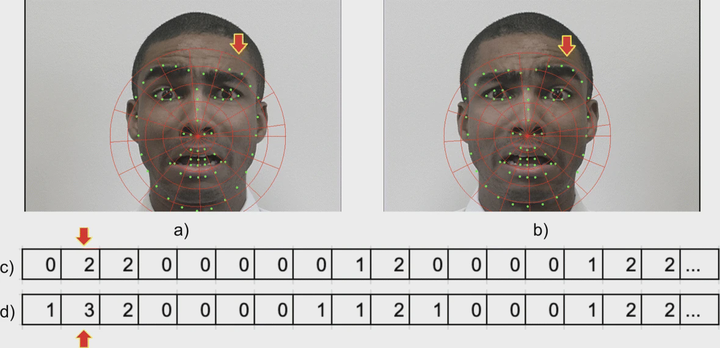
Abstract
Emotions recognition is widely applied for many tasks in different fields, from human-computer and human-robot interaction to learning platforms. Also, it can be used as an intrinsic approach for face recognition tasks, in which an expression-independent face classifier is developed. Most approaches face the problem by designing deeper and deeper neural networks that consider an expression as a still image or, in some cases, a sequence of consecutive frames depicting the temporal component of the expression. However, these suffer the training phase’s computational burden, which can take hours or days to be completed. In this work, a Web Shaped Model is proposed, which consists of a geometrical approach for extracting discriminant features from a face, depicting the characteristics of an expression. The model does not need to be trained since it is applied on a face and centred on the nose tip, resulting in image size and face size independence. Experiments on publicly available datasets show that this approach reaches comparable and even better results than those obtained applying DNN-based approaches.